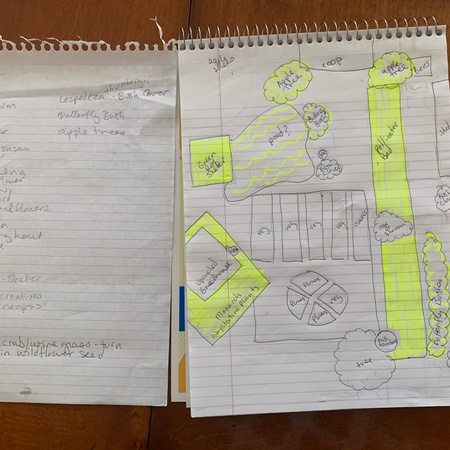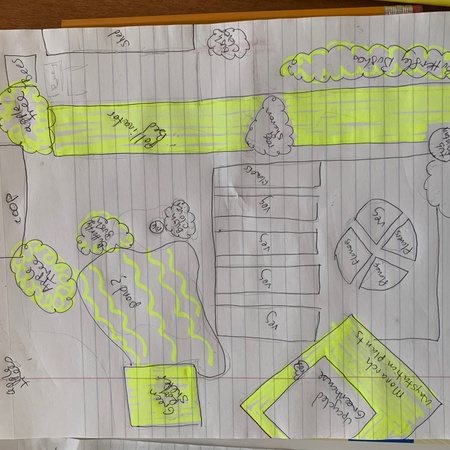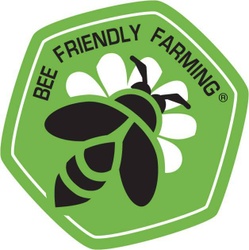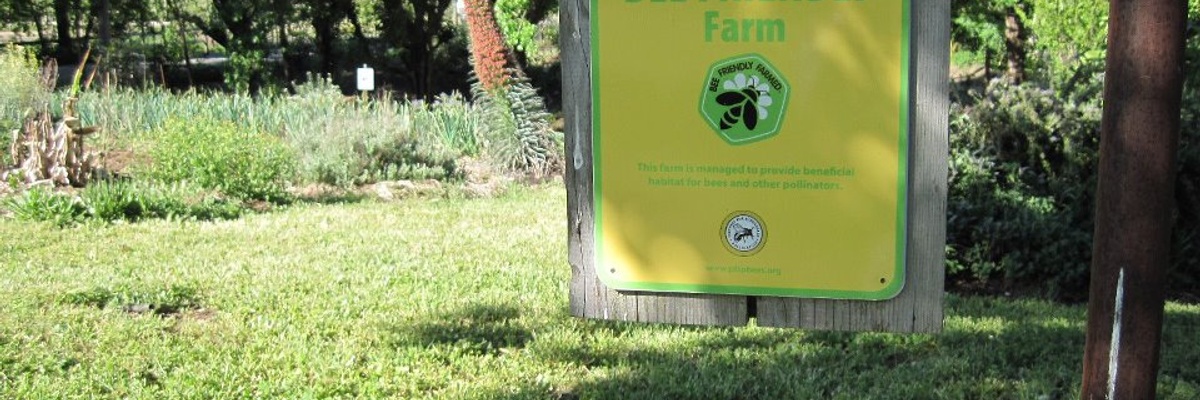

The Idea
Bee Friendly Farming (BFF) is a program that provides guidelines for farmers and growers interested in promoting pollinator health on their lands, while fostering awareness and support for native pollinators. As a good steward for sustainable agricultural practices, you should be recognized for your efforts and have the tools to continue your work, influencing others to follow your example.The Bee Friendly Farming (BFF) program works with farmers and beekeepers to improve the health of honey bees, When you certify your farm, ranch, orchard, or vineyard with the BFF program, you receive recognition and consumer support. Commercial beekeepers also benefit from bee-friendly plantings on fallow lands, which allow them to avoid trucking bees long distances in search of pasture. Farmers need to meet a number of criteria to become Bee Friendly Certified. A free planting guide specific to your ecoregion will provide guidance on how to reach these criteria.
There are currently 750 accredited members of Bee Friendly Farming across North America and the rest of the world and the goal is to reach 2,000 members over the coming two years. Any farm can work towards accreditation no matter what size, from small "farm to farmers market" sized farms to large industrial farms. Farms can be urban or rural.
Why it's important
Pollinators are an indispensable natural resource in agriculture and healthy ecosystems Unfortunately, most agricultural landscapes do not provide sufficient or balanced pollinator habitat. Intensive cultivation has eliminated plants that pollinators need. Farmers and beekeepers play a key role in the health and survival of pollinators. Sustainable farming promotes healthy populations of bees, native pollinators, and other beneficial insects. It really is a win-win!
The Idea
Bee Friendly Farming (BFF) is a program that provides guidelines for farmers and growers interested in promoting pollinator health on their lands, while fostering awareness and support for native pollinators. As a good steward for sustainable agricultural practices, you should be recognized for your efforts and have the tools to continue your work, influencing others to follow your example.The Bee Friendly Farming (BFF) program works with farmers and beekeepers to improve the health of honey bees, When you certify your farm, ranch, orchard, or vineyard with the BFF program, you receive recognition and consumer support. Commercial beekeepers also benefit from bee-friendly plantings on fallow lands, which allow them to avoid trucking bees long distances in search of pasture. Farmers need to meet a number of criteria to become Bee Friendly Certified. A free planting guide specific to your ecoregion will provide guidance on how to reach these criteria.
There are currently 750 accredited members of Bee Friendly Farming across North America and the rest of the world and the goal is to reach 2,000 members over the coming two years. Any farm can work towards accreditation no matter what size, from small "farm to farmers market" sized farms to large industrial farms. Farms can be urban or rural.
Why it's important
Pollinators are an indispensable natural resource in agriculture and healthy ecosystems Unfortunately, most agricultural landscapes do not provide sufficient or balanced pollinator habitat. Intensive cultivation has eliminated plants that pollinators need. Farmers and beekeepers play a key role in the health and survival of pollinators. Sustainable farming promotes healthy populations of bees, native pollinators, and other beneficial insects. It really is a win-win!
I enjoyed visiting and reading your update- Amazing!!!!
I have already seen my first Monarch in years! Asking my neighbors for help with their farm equipment has created conversations about my project and is bringing awareness of the need to provide for pollinators to my small community. It has also created conversation about the risk of herbicides to an older generation who have been quick to apply roundup to everything. While the timing of the start of my project means that it will be a while few seasons before the flowers are all in bloom, it has allowed for a continued discussion among my neighbors. It will also allow them to slowly see and witness the benefits over time. In addition, my need to order Milkweed plants from my local farm store caused them to purchase extra plants that they are now selling in their greenhouse!
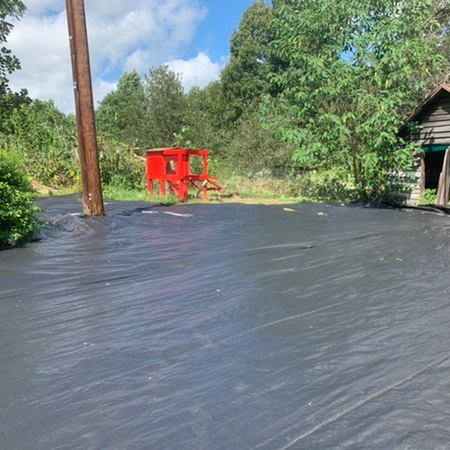
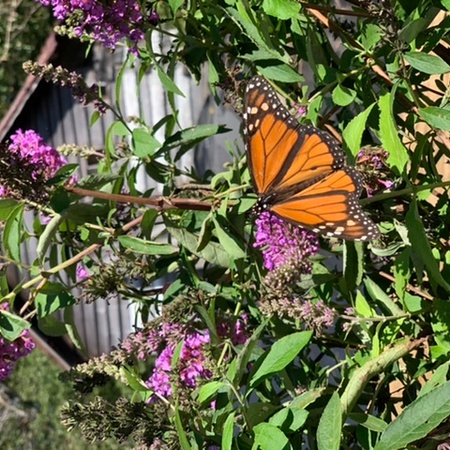
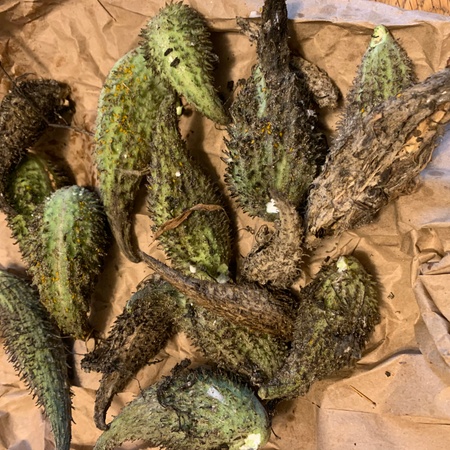
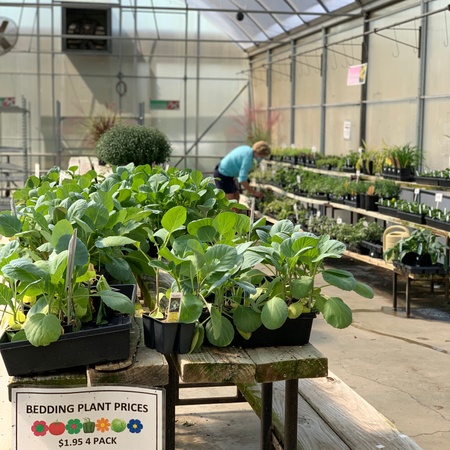
Sorry for the lack of updates! Here’s a summary of our progress of late.
My neighbor, Mr. Owens, came over to discuss plowing areas of our fields up for the pollinator seed application in November. He felt that the angle of the land and proximity of our creek was not ideal as a few heavy rains would cause major erosion and creek damage. This was what I had suspected since we sit on a hill. He agreed that the best alternative was to rent an aerator in November and heavily aerate it and then apply the seed. The grass left would stabilize the soil and he felt that the flowers would be able to compete with the grass. I did plant 15 milkweed plants into the field after the plan was decided and will aerate around them.
I collected wild milkweed seeds and will add those to the pollinator mix in November.
I laid down more geotextile (permeable erosion black plastic sheeting) in the main garden area to kill back the wire grass. I planted 15 butterfly bushes in this area and will pull back the geotextile In November and apply a pollinator seed mix here as well. Monarch butterflies landed on the bushes before I could even plant them! I haven’t seen Monarchs in years, so I was very happy.
I acquired the pond liner from my neighbor and also found a used pump online. I hope to start digging the wildlife pond soon.
I also plan to plant plants in the spring that appeal to the caterpillar stage, like dill for swallowtails.
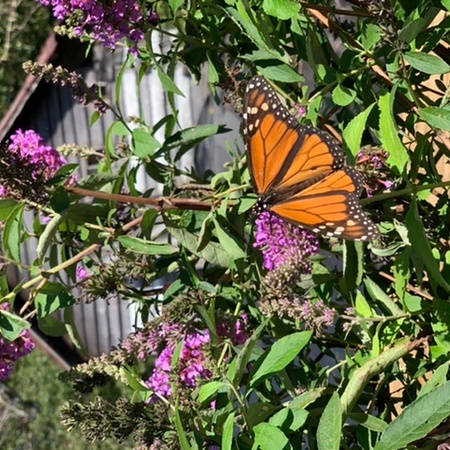
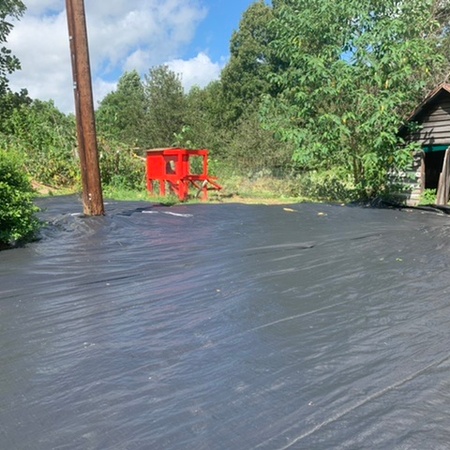
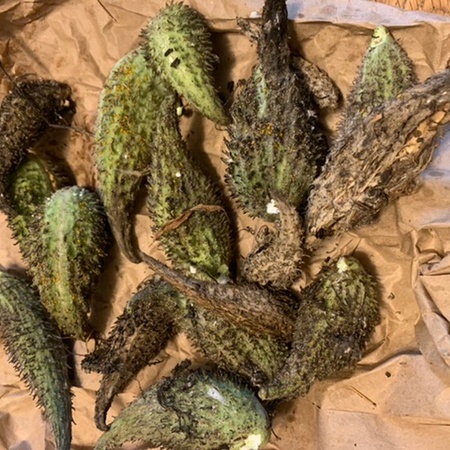
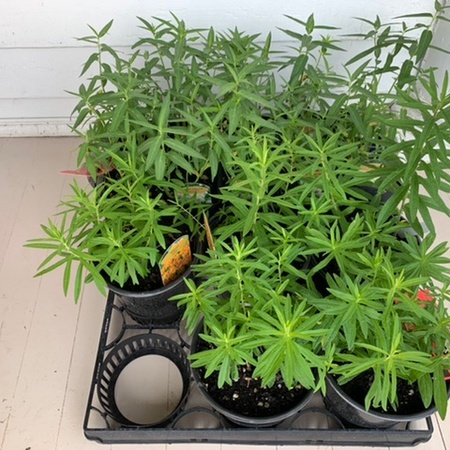
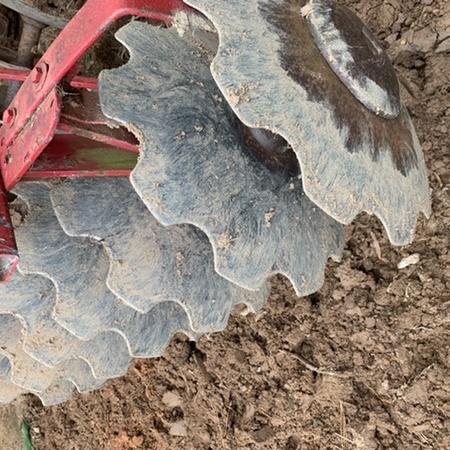

Step one in building a Monarch Waystation around my Upcycled greenhouse: laying permeable liner to kill back grass.
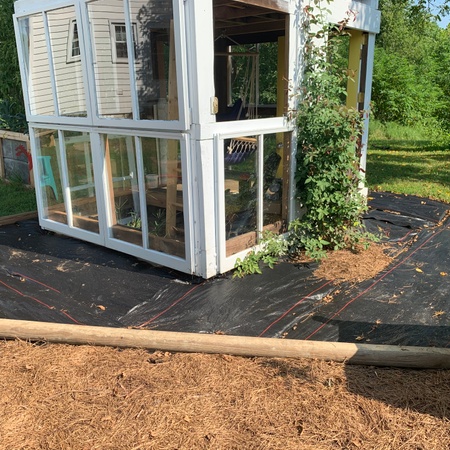
I spoke with my neighbor about converting these space into a native wildflower/Wildflower Meadows as he has the tractors and decades of farming experience. Two problems: his tractors are too large to turn into these spaces, and unless I spray the entire region with RoundUp, the plants will not be able to compete with the fescue. And here I was worried mainly with the crabgrass! Spraying my property with RoundUp is not an option I am willing to do. I have a meeting this week with Abbott’s Farm Supply to discuss my plans and begin purchasing what is needed. I will talk with them about the option of laying down a cover to kill back the grass or if they think it might be worth a shot to aerate the area and seed just to see how it goes. I read that tilling the land is actually worse for encouraging non-native species.... so maybe worth a try?
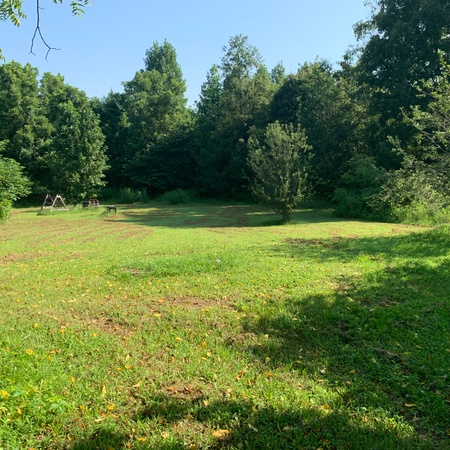
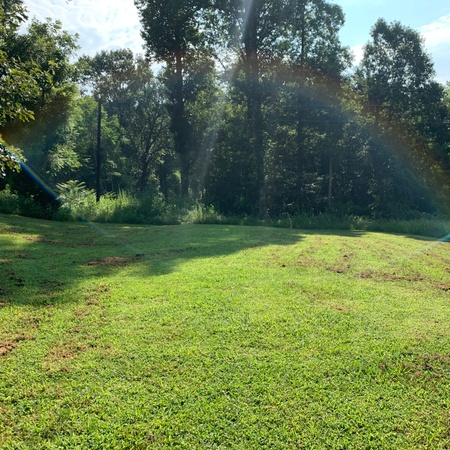
My funding has arrived and I am celebrating in the most appropriate fashion - by extracting my honey! Not a very big yield this year due to excessive swarming, but I am sure the girls will appreciate all the pollinator plants that are coming their way this fall and into spring!
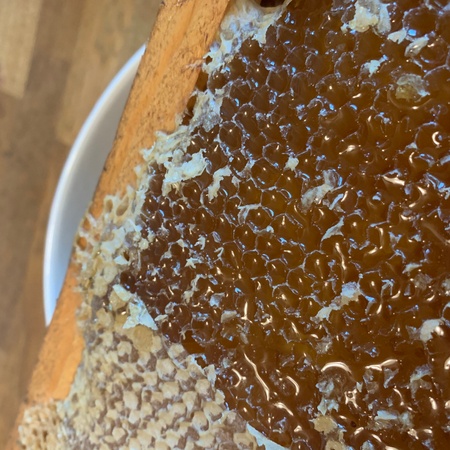
First virtual meeting complete! I personally love my butterflies that attended virtually. Thanks everyone for being willing to keep an eye out for native plants and seeds. I hope my neighbor will be willing to sell her pond liner. I’ll try to ask her today. Talk to you soon!
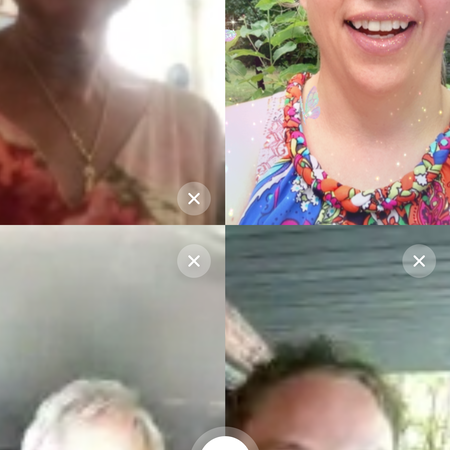
Create pollinator areas that will not be overtaken by crab/wire grass. This will require areas to be isolated in raised beds. One field has limited wire grass and that could be tilled with a wildflower mix. Field would need to be mowed seasonally to prevent woods/trees from moving in. Additions to current garden are highlighted in yellow. These include a large raised pollinator bed, monarch waystation bed, small shelter with green roof, and the addition of a few more apple trees and numerous butterfly bushes. A small pond would create a water feature more accessible to wildlife than the current tub fountain.
